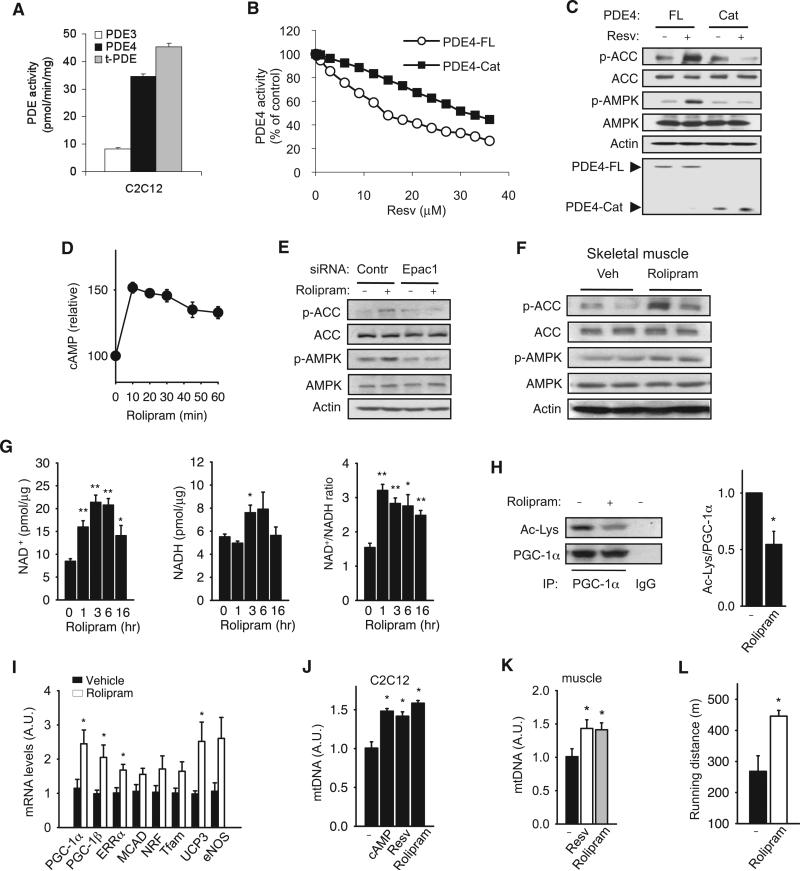Figure 5. Resveratrol Activates AMPK and Increases Mitochondrial Biogenesis by Inhibiting PDEs.
(A) The relative contributions of PDE3 and PDE4 to the total PDE (t-PDE) activity in C2C12 myotube lysates were determined by adding either 1 μM cilostamide (PDE3 inhibitor) or 10 μM rolipram (PDE4 inhibitor) to the PDE reaction (n = 3).
(B) The catalytic domain (Cat) of PDE4 is less sensitive to resveratrol than full-length (FL) PDE4. The resveratrol inhibitory curves of recombinant His-tagged PDE4 (FL, Cat) are shown.
(C) The phosphorylation of ACC and AMPK in C2C12 myotubes overexpressing either His-tagged PDE4-FL or PDE4-Cat after they were treated with resveratrol (50 μM) for 3 hr. The levels of PDE4-FL and PDE4-Cat were detected with anti-His antibody.
(D) Cyclic AMP levels in C2C12 myotubes after treatment with rolipram (25 μM) for the indicated times.
(E) The phosphorylation of ACC and AMPK after treatment with rolipram (25 μM) in the presence of control siRNA (Contr) or Epac1 siRNA (Epac1).
(F) The phosphorylation of ACC and AMPK in skeletal muscle (gastrocnemius) after treatment with rolipram (2 mg/kg/day) for 14 weeks.
(G) NAD+, NADH, and the NAD+/NADH ratio in C2C12 myotubes were measured after 1–16 hr of rolipram treatment (25 μM).
(H) Deacetylation of PGC-1α in C2C12 myotubes treated with rolipram (left). Quantification of PGC-1α acetylation/total PGC-1α is shown in the right panel (n = 4).
(I) Expression levels (mRNA) of genes important for mitochondrial biogenesis and function as measured by real-time PCR from skeletal muscle of mice treated with rolipram (n = 4).
(J) mtDNA content in C2C12 myotubes treated with cAMP (100 μM), resveratrol (50 μM), or rolipram (25 μM) for 4 days (n = 5).
(K) mtDNA content in skeletal muscle of mice fed resveratrol (400 mg/kg/day) or rolipram (2 mg/kg/day) for 14 weeks (n = 5).
(L) Mice fed rolipram for 12 weeks were exercised on a treadmill. Running distance prior to exhaustion is shown (n = 5). Results are expressed as the mean ± SEM. *p < 0.05 and **p < 0.01 between the treatment groups.

